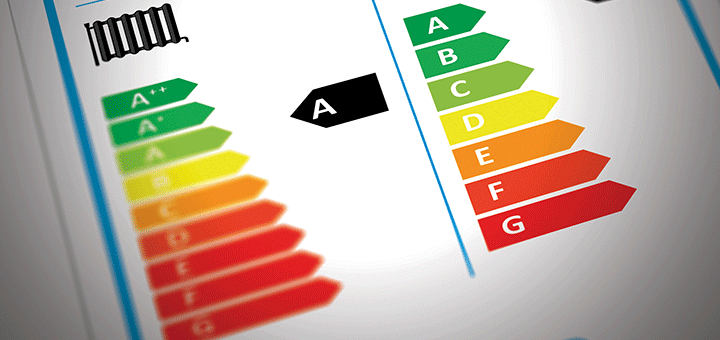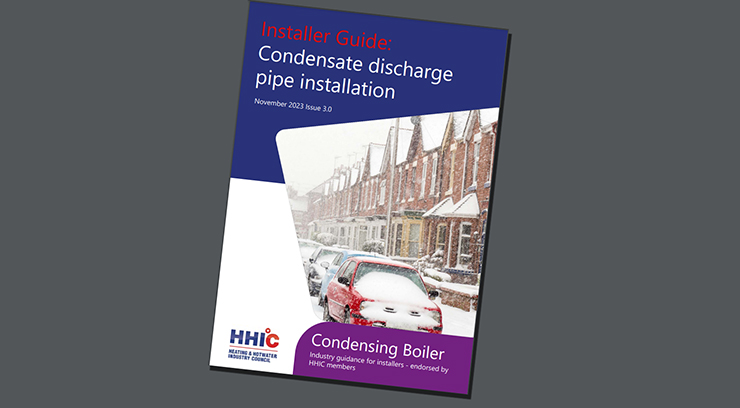
EU planning more label changes
The European Commission is proposing to revise the energy efficiency labelling regulations – just a year after the new labelling regulations come into force. The planned changes, which include a single labelling scale from A to G to replace the current A+++, A++, A+ to D ratings, plus a digital database for registration of new energy-efficient products, aim to improve energy efficiency by encouraging consumers to make more considered choices when buying products.
The Commission believes that the current labelling system is not clear enough, making it difficult to distinguish between the most efficient products. A single A to G energy label would make it easier to understand and compare products, it claims.
The proposed digital database would hold key details on all new products, providing greater transparency for compliance purposes, and also for consumers seeking information.
It is expected that the new regulations will take a year before they come into force. However, there has already been some consternation about the proposals. The HHIC is calling for a ‘sensible’ approach to energy labelling, especially with existing new regulations due for implementation next month (September). Director Stewart Clements says: “Regulation such as the energy labelling directive does need to be reviewed periodically – with that we do not disagree. But any changes to a scheme that the industry has been working hard to communicate must be managed sensibly.
“The heating and hot water industry have spent the past few months communicating ErP and energy labelling, which comes in on 26 September, to installers and consumers, with the focus being on encouraging the upgrade of D-rated products to A-rated. The new proposal could downgrade technologies, that are currently rated as class A to class D on the energy label.
“Asking a consumer to invest in a D-class product, when we have spent so long telling them to upgrade, would be a tough sell. If these changes are to be made, they need to be done in partnership with manufacturers, so they know what is required to meet the new A class and the wider industry, and they can manage the communication.
“Review energy labelling. But let’s give the current system chance to bed in first. If we don’t, we could slow down the take-up of energy-efficient products.”



